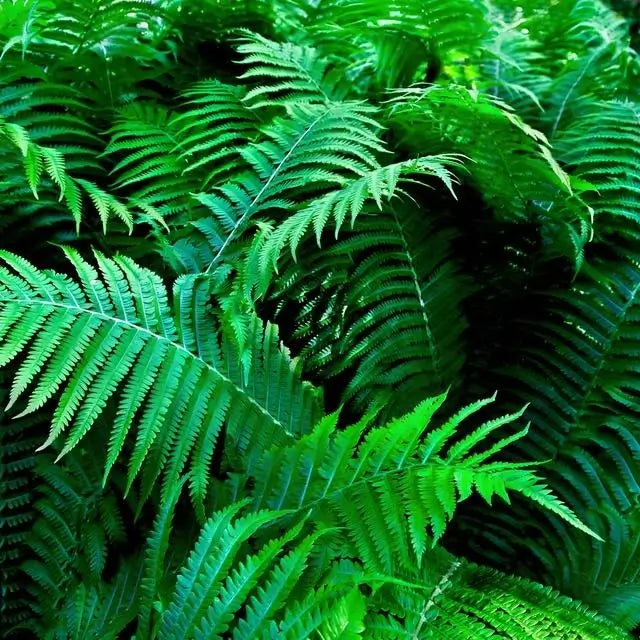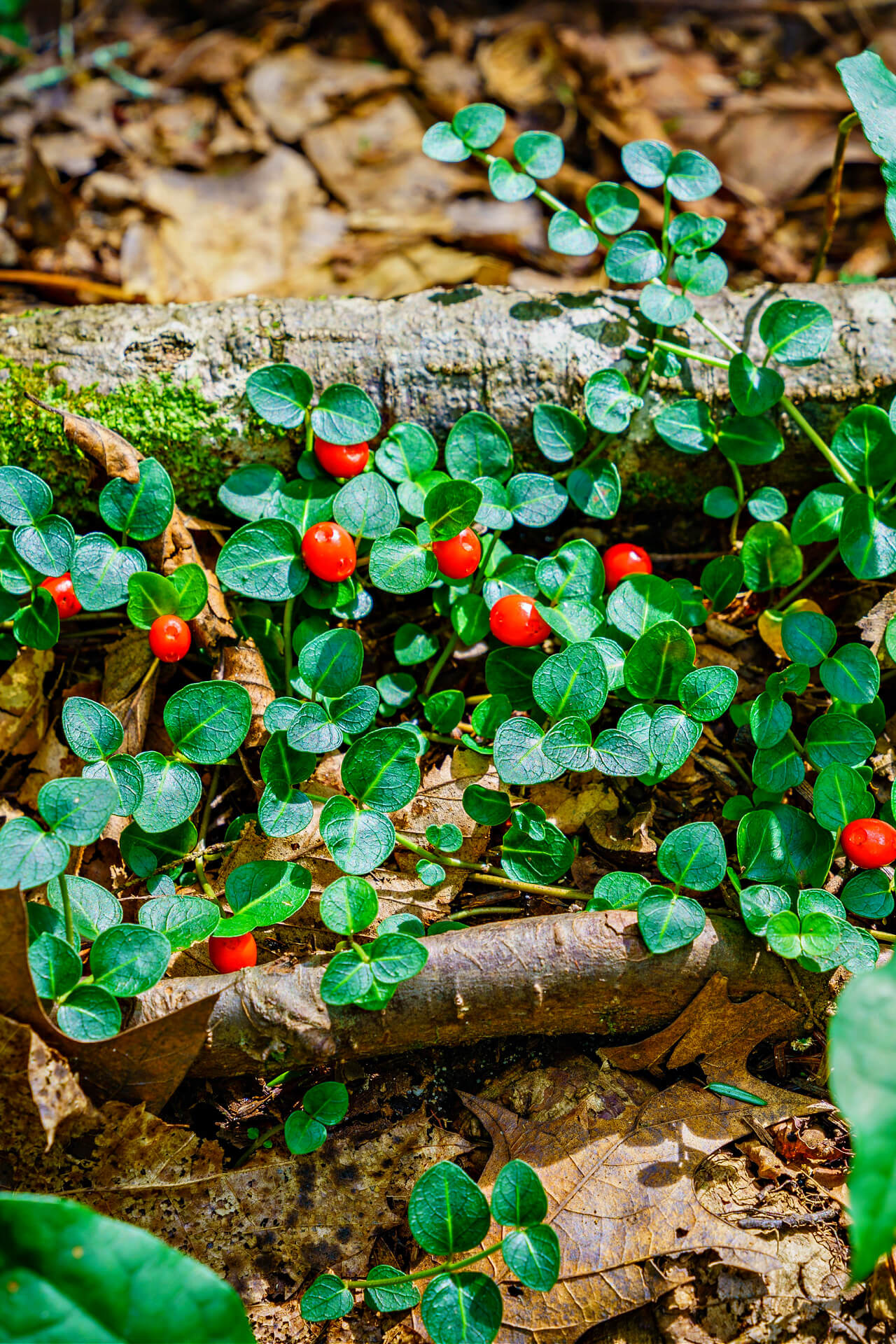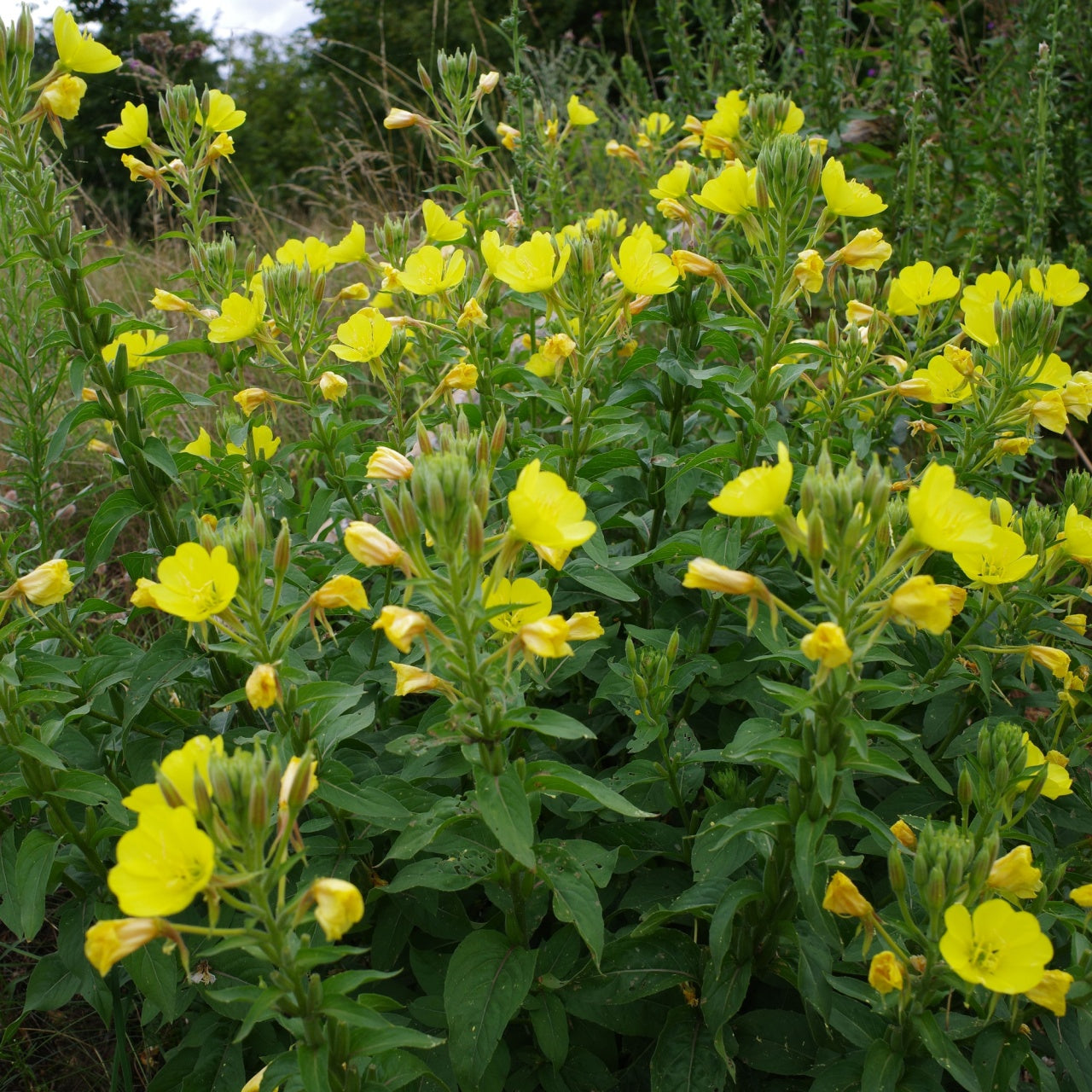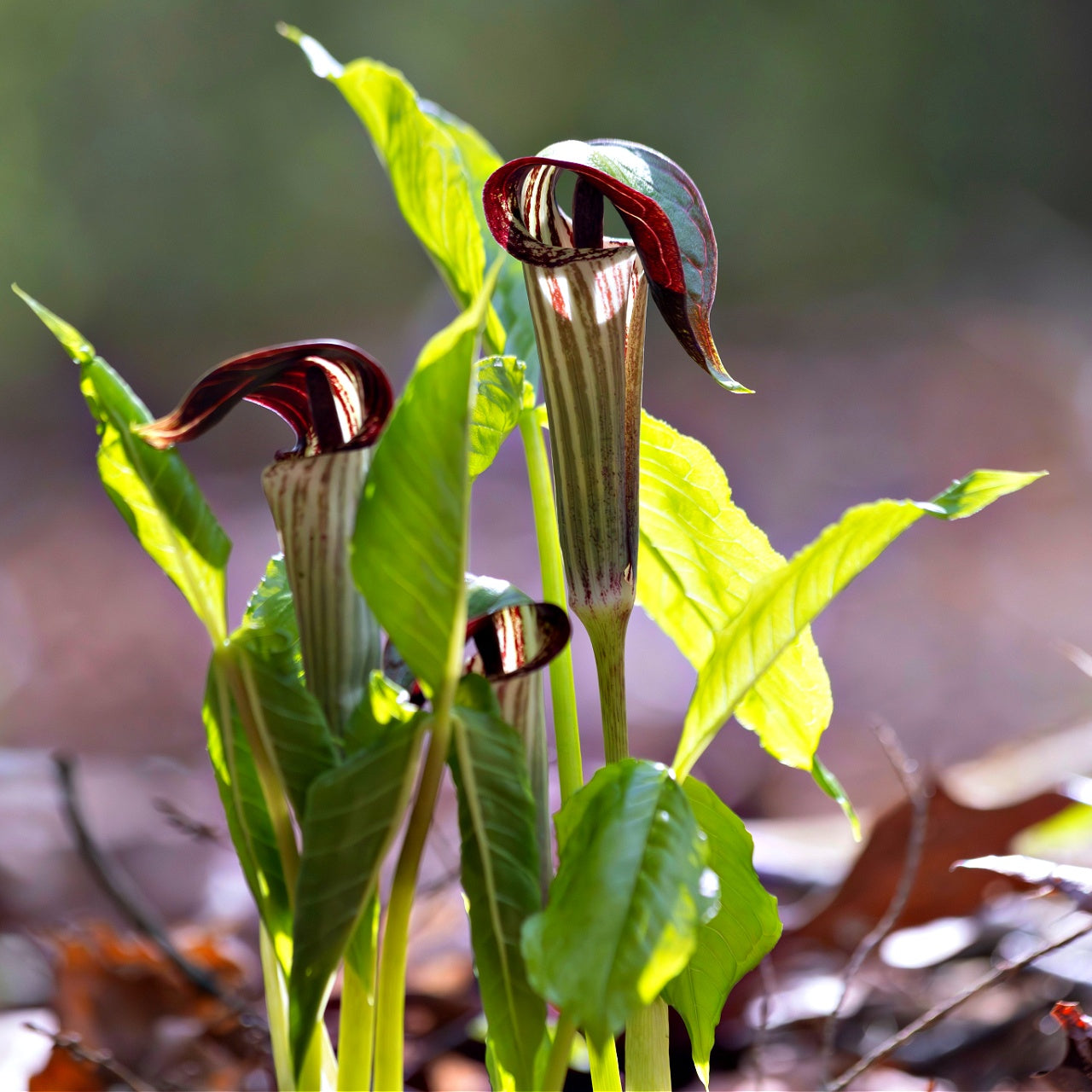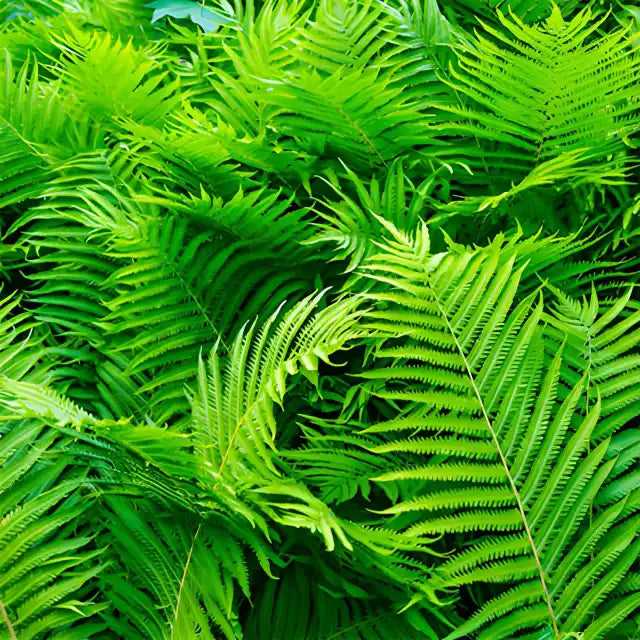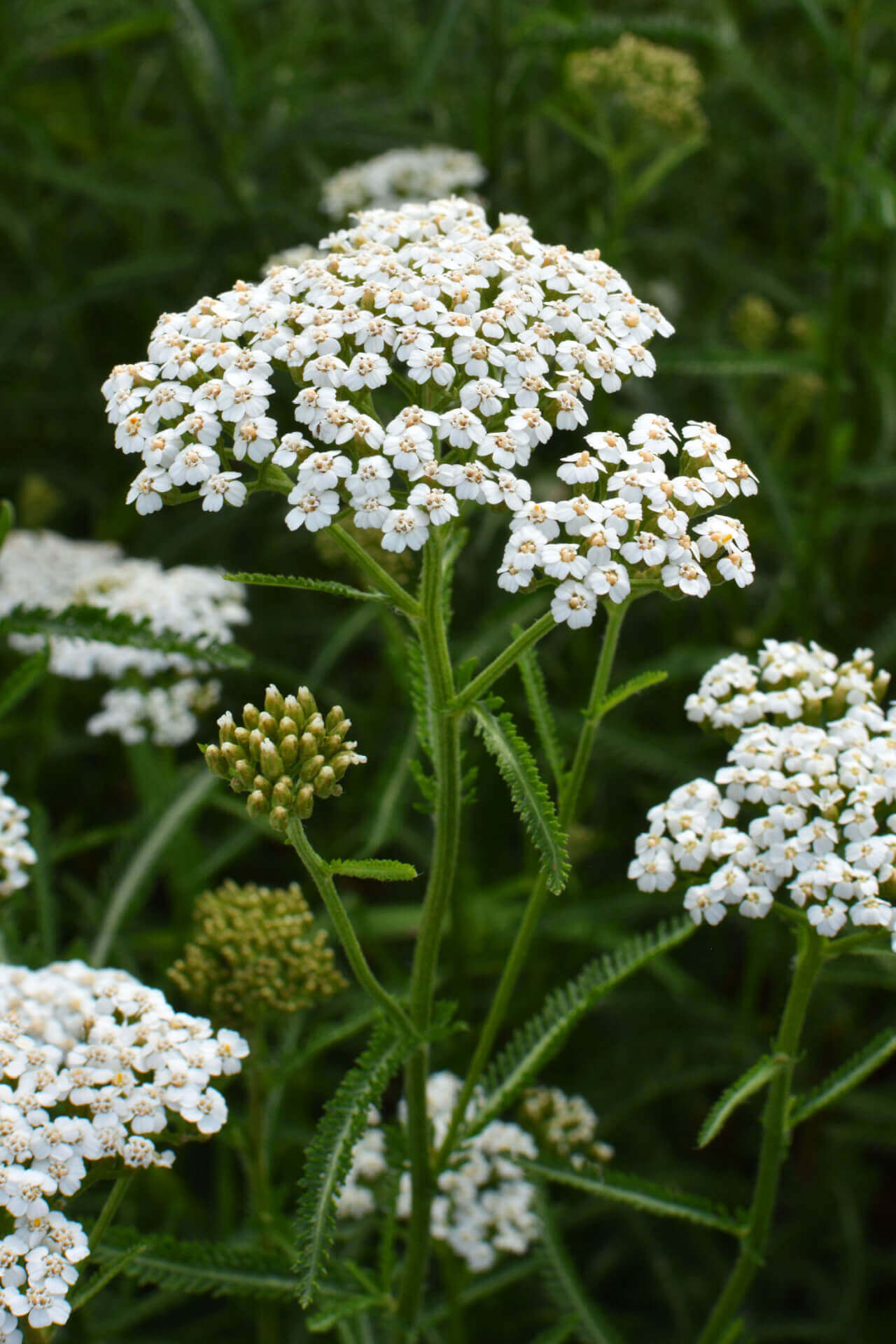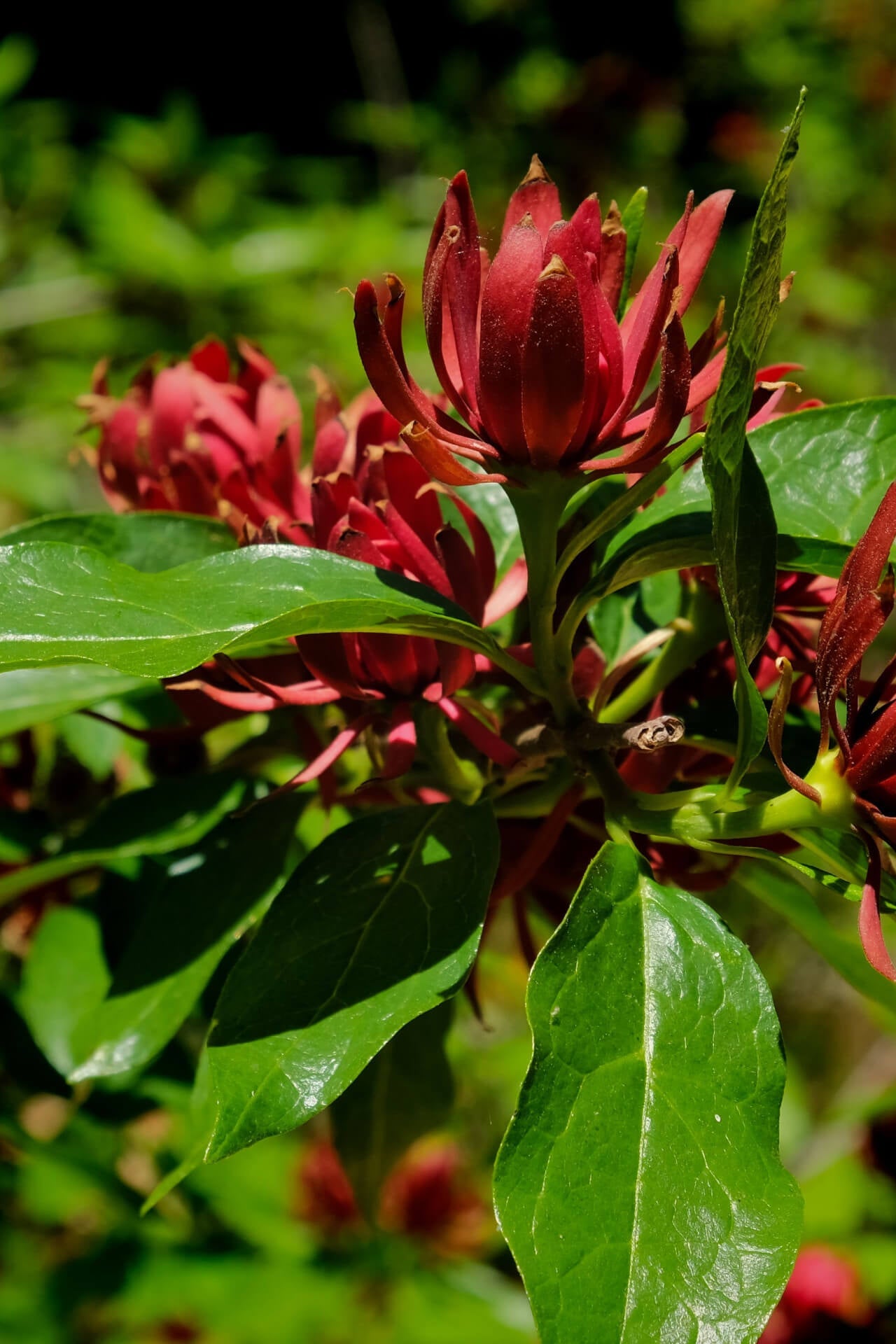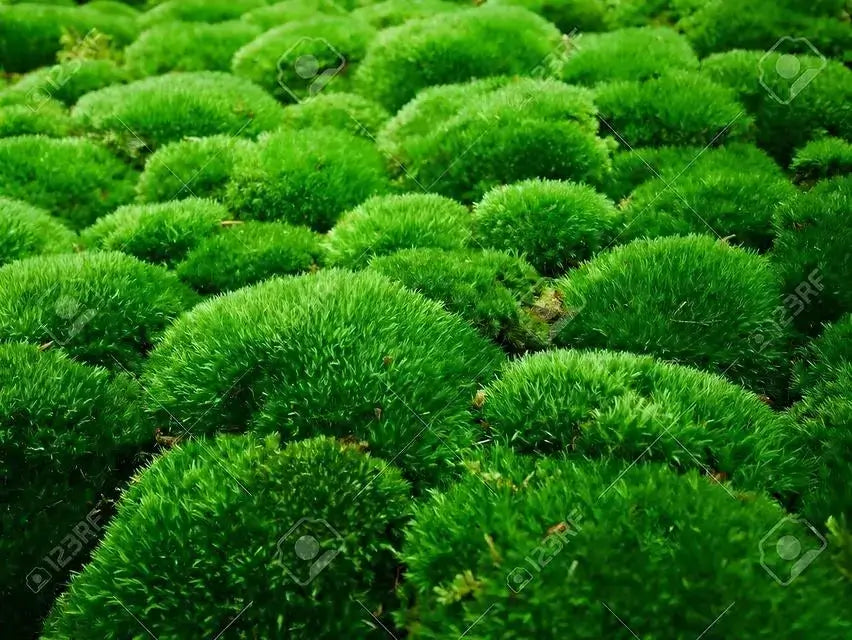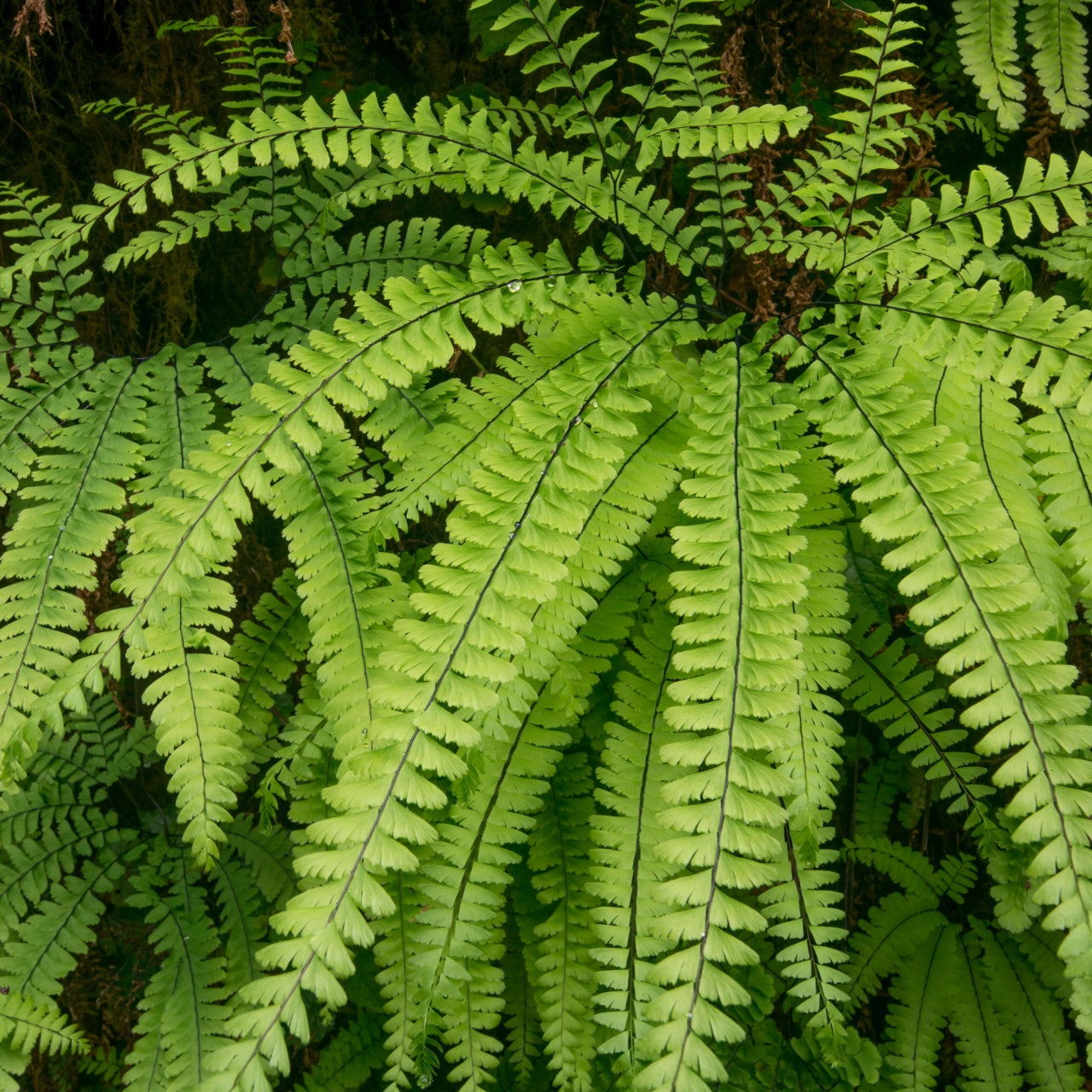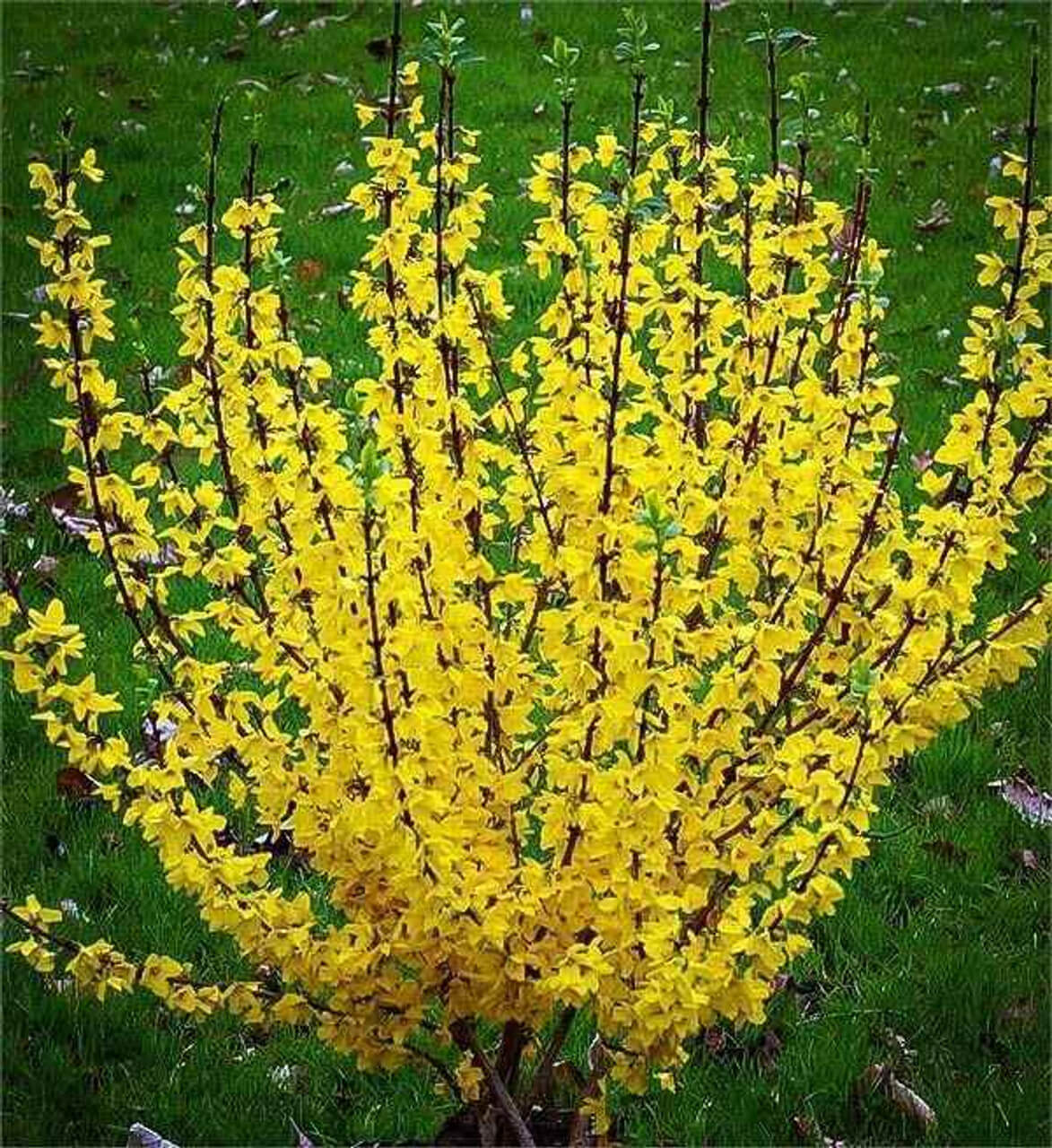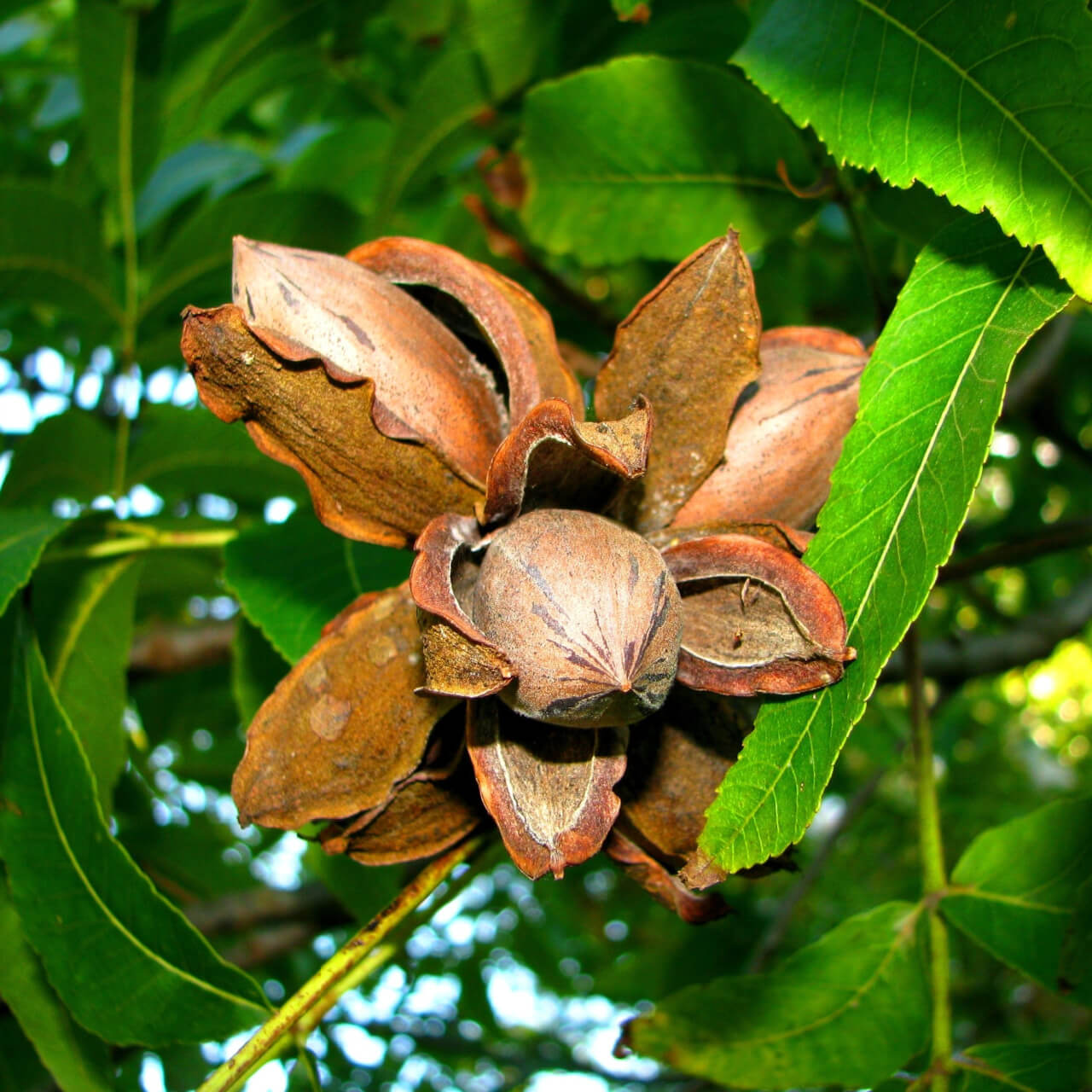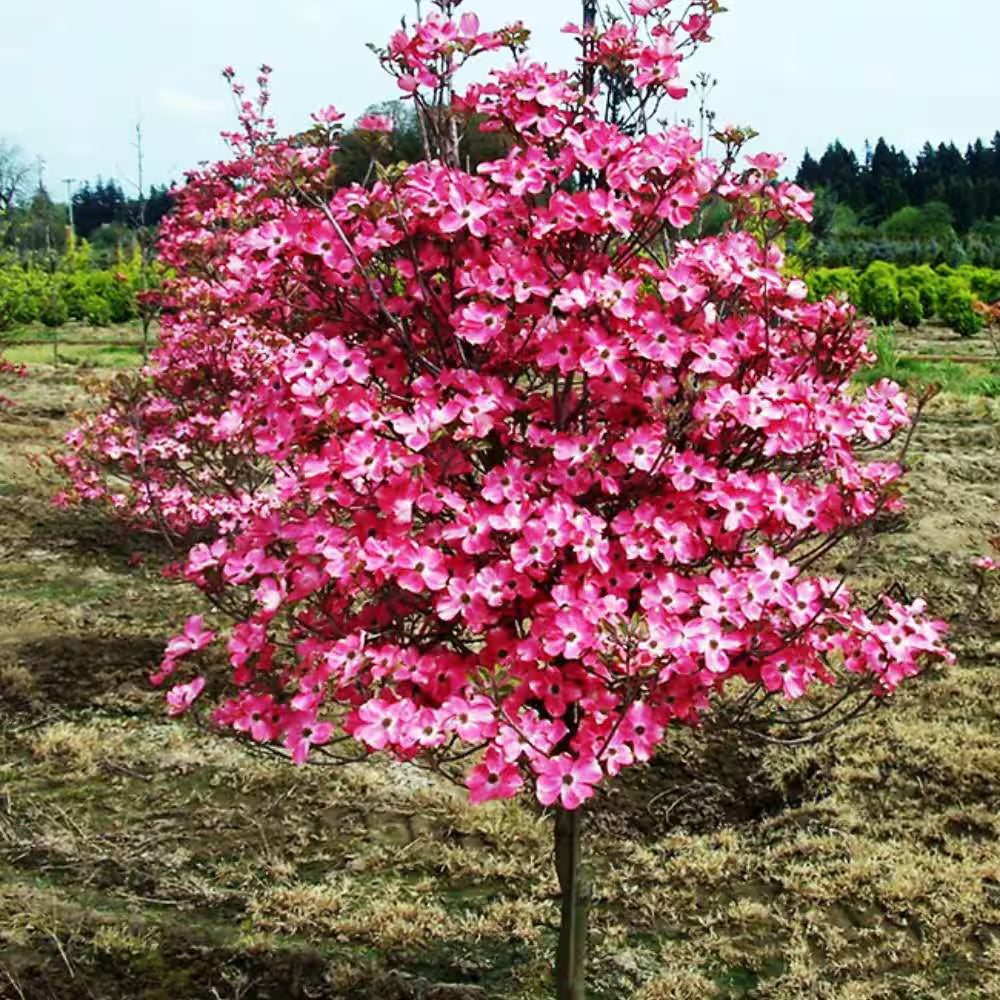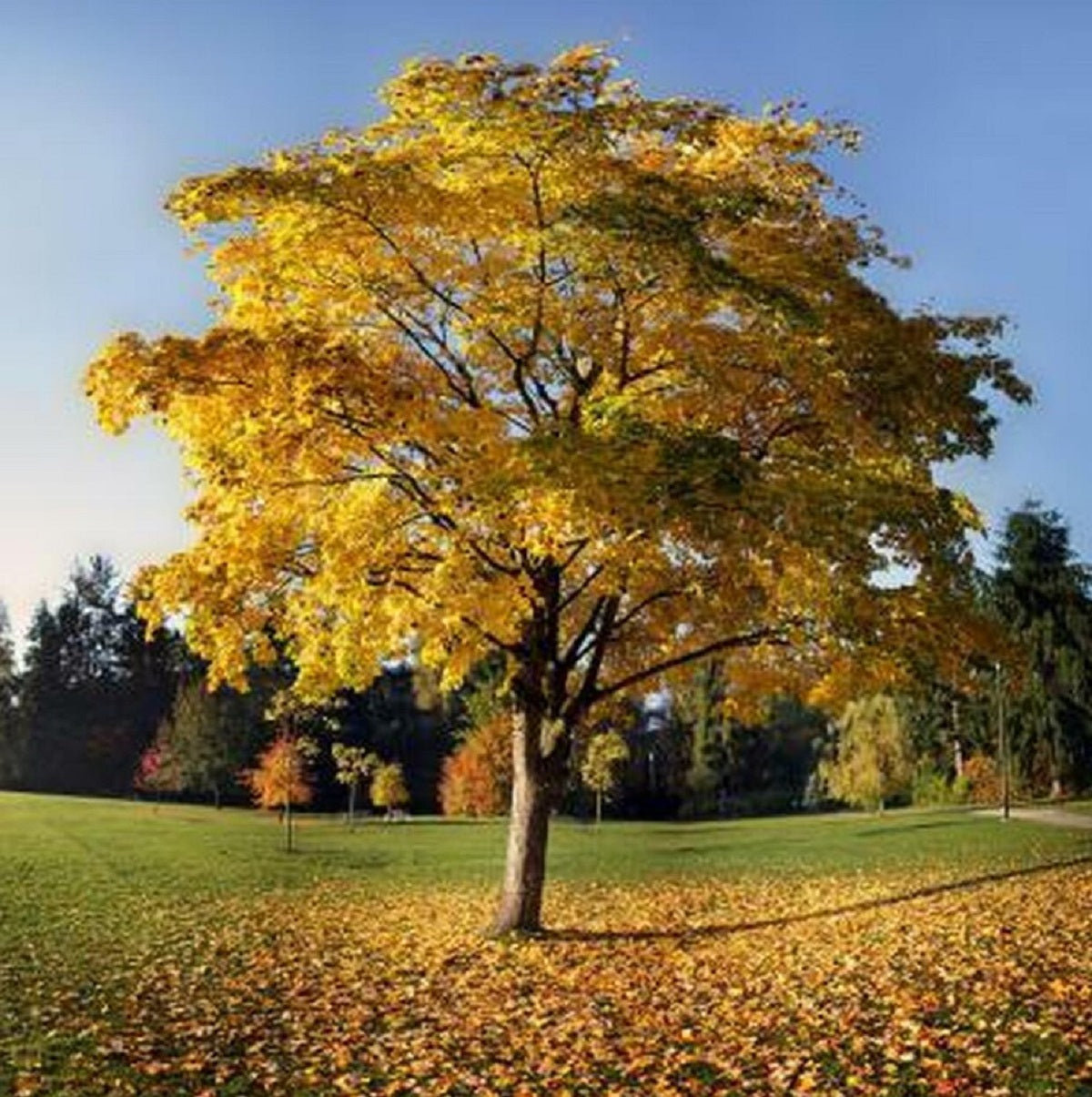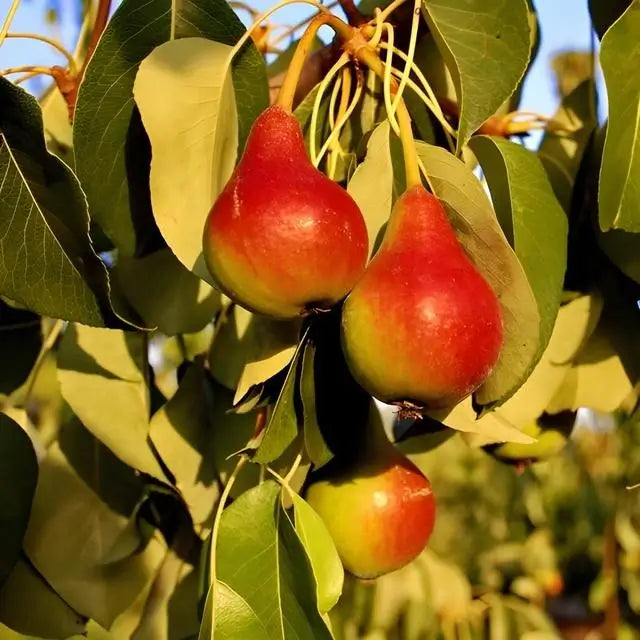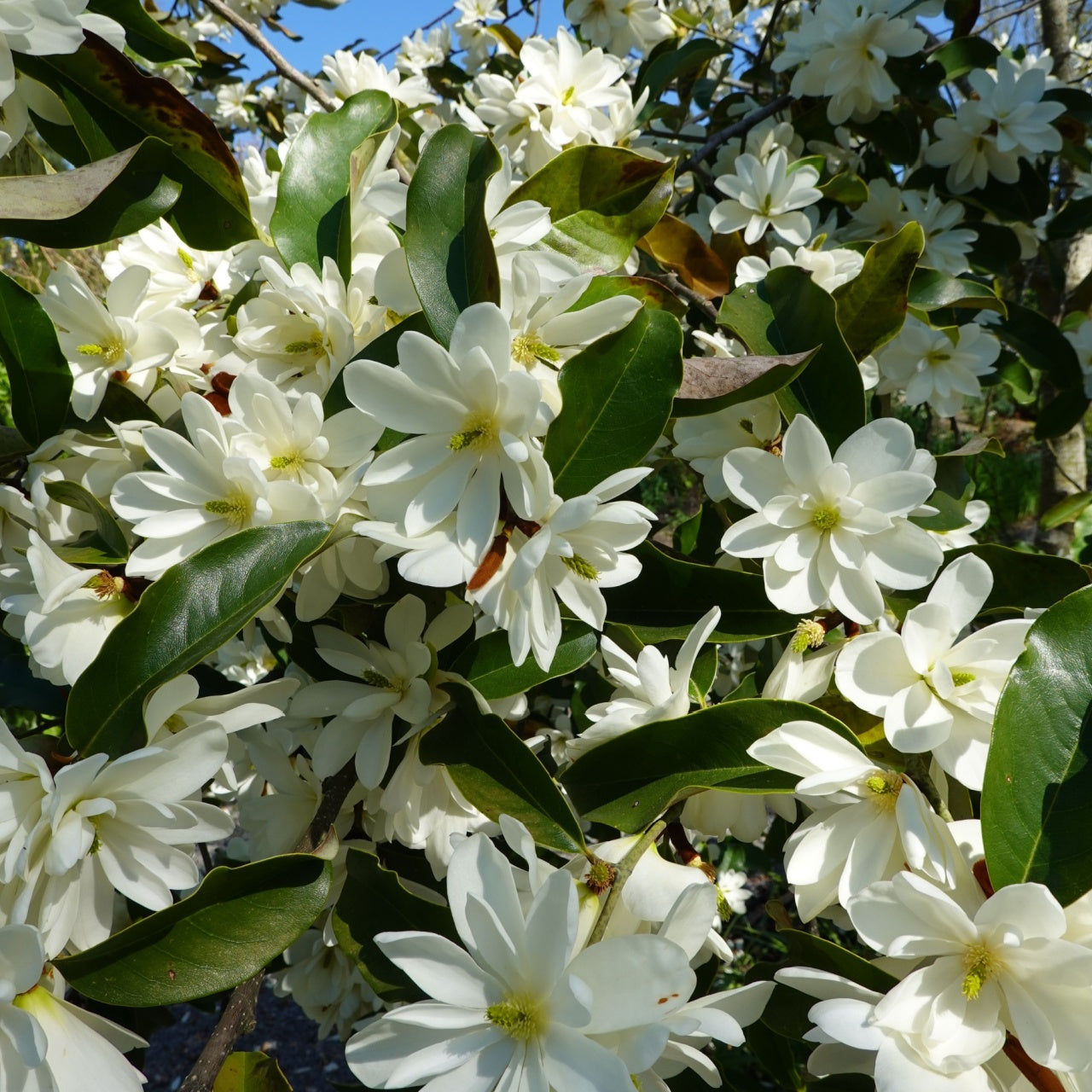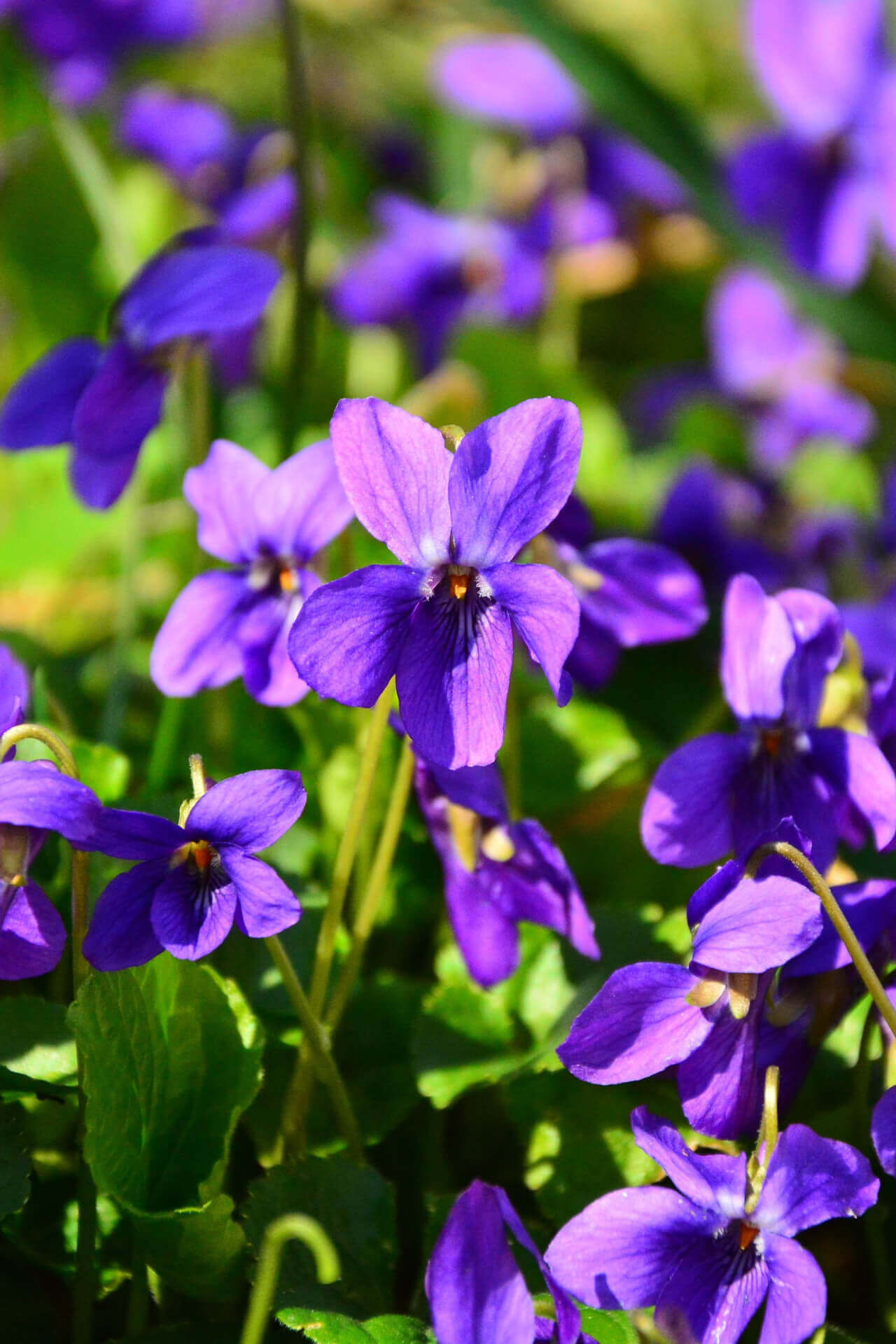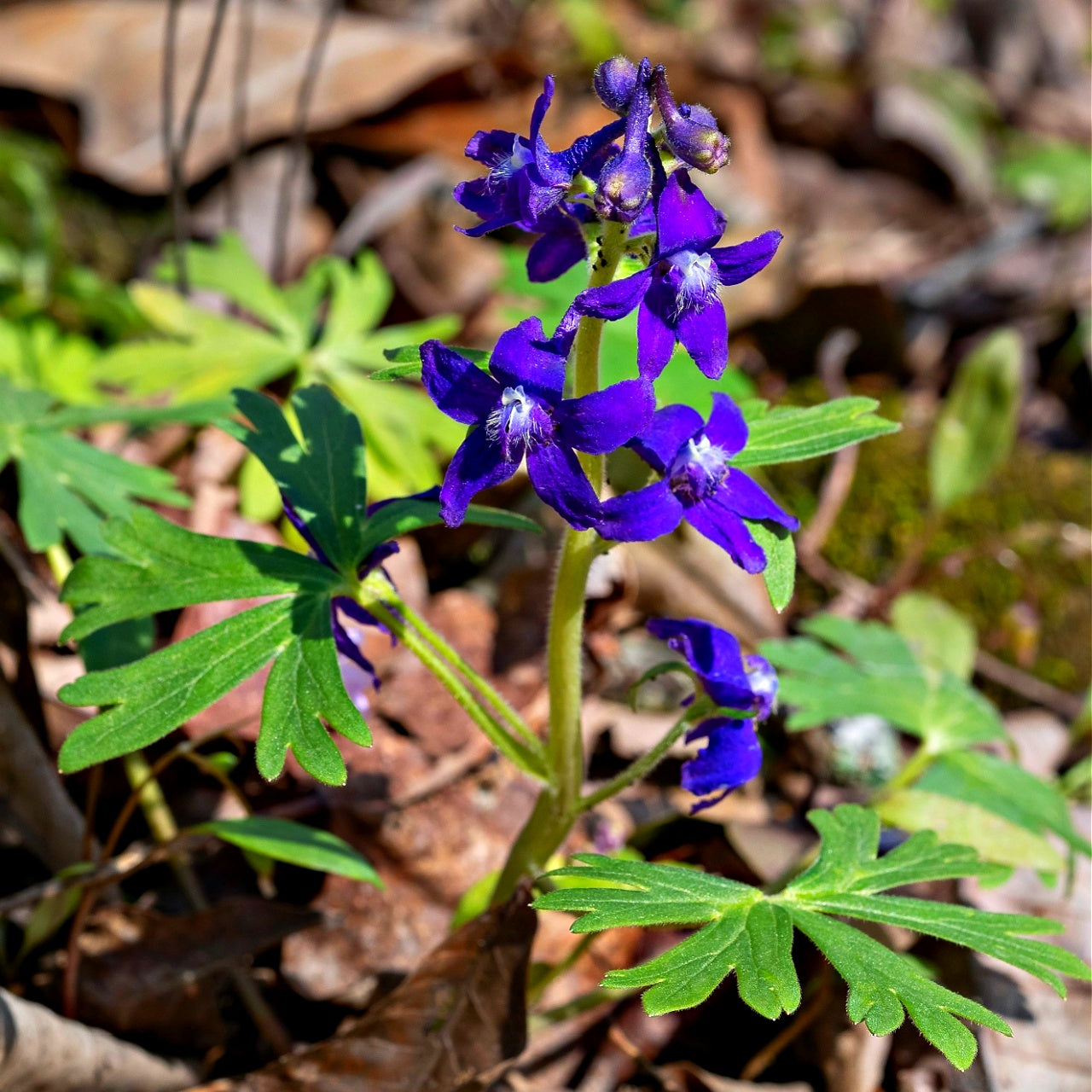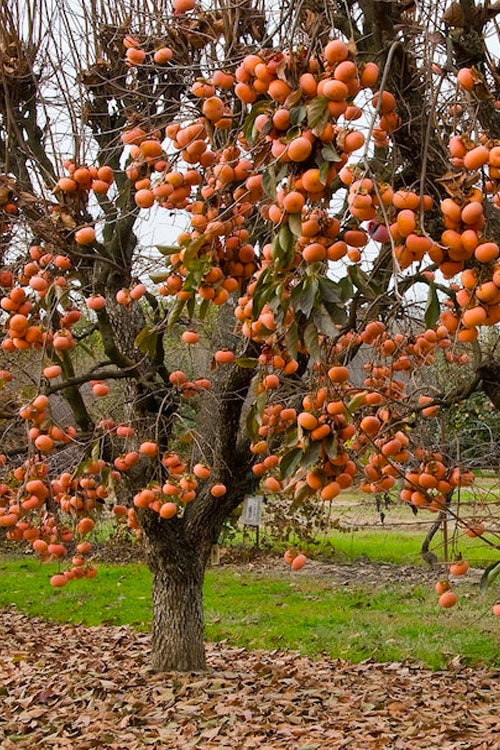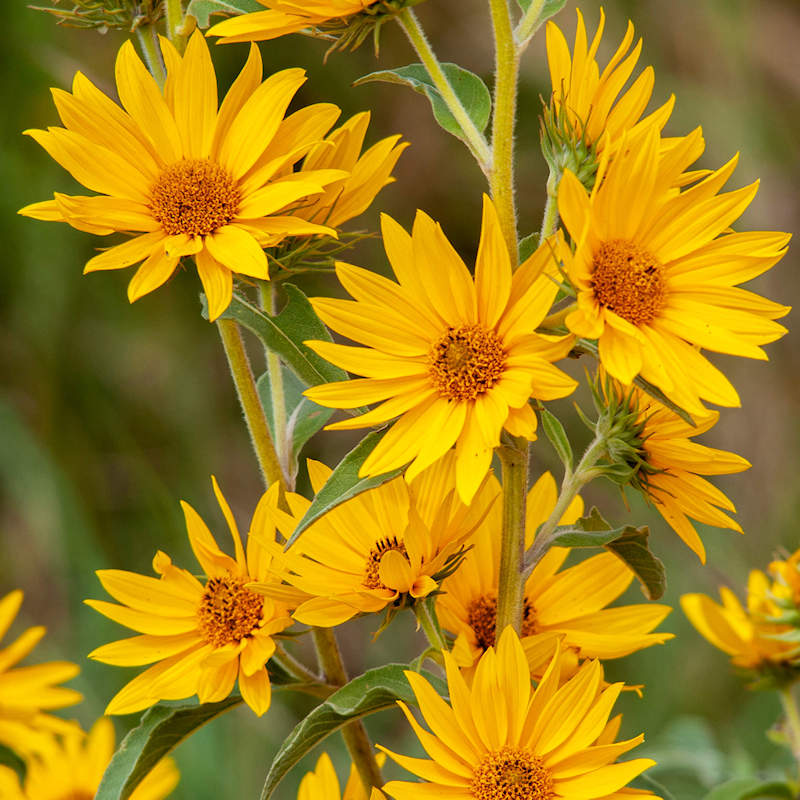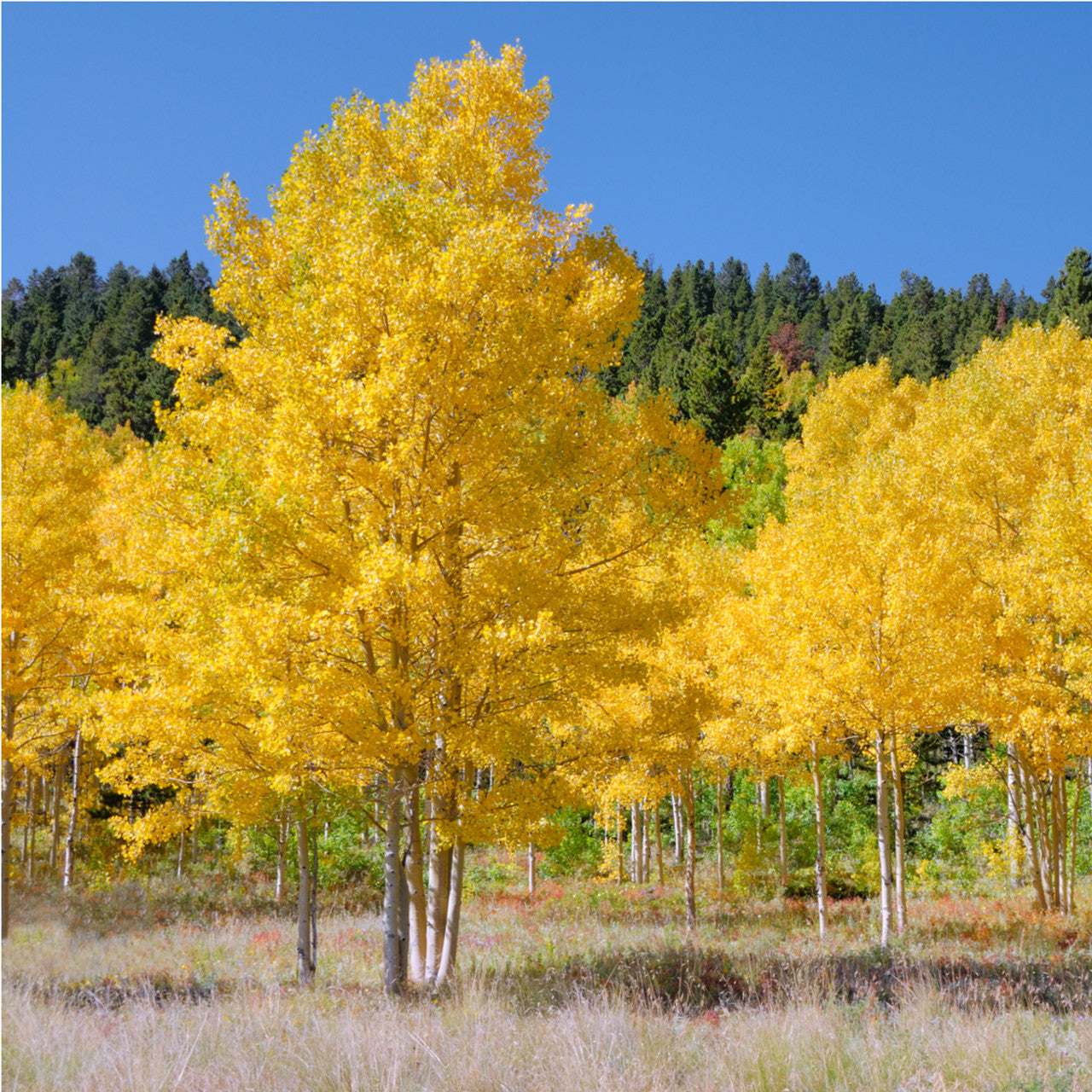Filters
Sort Best selling
-
Pink Dogwood Tree - Ships Spring 2026 -
Shade Fern Package - 10 Plants -
Partridge Berry -
Evening Primrose -
Jack In The Pulpit -
Bracken Fern -
Yarrow -
Carolina Allspice -
Cushion Moss -
Maidenhair Fern -
Forsythia Plant -
Pecan Tree -
Red Dogwood Tree -
Tulip Tree -
Pear Fruit Tree -
Blue Flag Iris -
Sweet Bay Magnolia -
Sweet Violet -
Larkspur Delphinium -
Ginkgo Biloba Tree -
Hay Scented Fern -
Fuyu Persimmon Tree -
Maximilian Sunflower -
Quaking Aspen Tree
Plants For Sale - Searching For Buy Plants Near Me?
Shop all plants in one place without leaving home? Yes, it's possible at TN Nursery. We're proud to be the leading mail-order and web-based nursery specialists. Since 1959, we've provided a comprehensive selection of trees, shrubs, perennials, ferns, mosses, and more to thousands of happy customers. We've got everything you need for your garden or landscape in one place.
Shop All Plants To Meet Your Gardening and Landscaping Goals
With all our options, figuring out where to start might take a lot of work. Our team recommends taking a few moments to consider your short-term and long-term goals for your garden and landscape. Then, you can dive into the categories that interest you.
Our website makes it easy to browse and order through categories and sub-categories. There is detailed information about every plant we carry to help you make the best choices for your outdoor space. Shop all for your outdoor
We also understand that it's essential for our customers to visualize plants in their gardens, so we make that easy. Our site features beautiful color photos of every plant we carry. We include pictures of what your plant will look like in full bloom and, for items like trees, examples of how it looks when it first arrives.
Are you looking to pick up some deer-resistant perennials? Want flowers that attract pollinators? Need some ground cover to disguise a scrubby-looking lawn? Whether these things sound familiar or if you are looking to change your outdoor space in some other way, TN Nursery has it all.
Popular Categories To Explore Plants And Shop All
Some of our most popular categories at TN Nursery are:
Trees
can help build and define your landscape. We offer evergreens, fruit trees, shade trees, and many others.
Shrubs
can add depth, create borders, and help shape the look of your outdoor space.
Perennials
provide exciting colors and vibrant blooms. They die in the winter and return every year.
Ferns
lend lush green to your garden and offer an elegant touch to shady parts of your garden.
Mosses
create a soft carpet and come in a range of textures. They can grow outdoors or inside.
Vines
are quick-growing plants that add beauty to your garden and help control erosion.
Gardening Options At TN Nursery Shop All Today
Like your home, your outdoor spaces reflect your taste, style, and creativity. Our TN Nursery team is proud to partner with you as you create a gorgeous garden that is uniquely yours.

